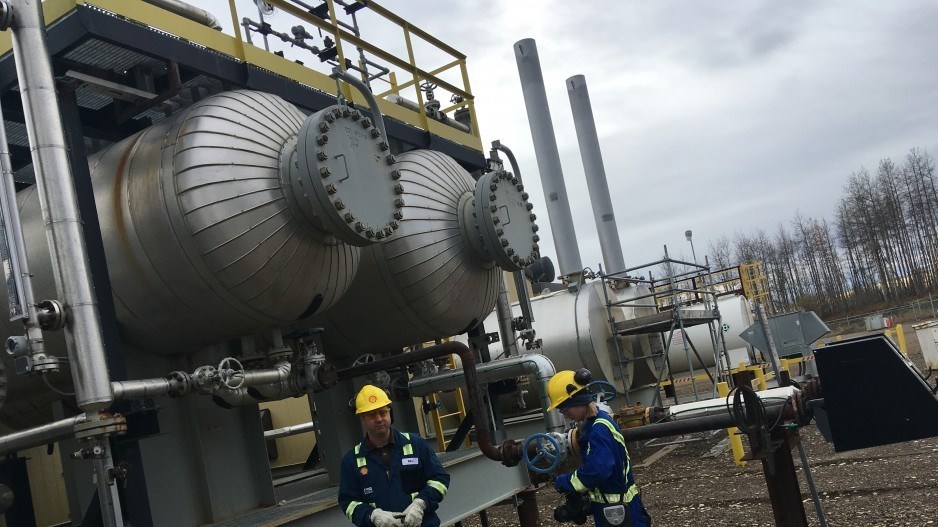BC Hydro and the BC government are missing the boat on addressing greenhouse gas emissions from the natural gas industry, says David Austin, a lawyer specializing in energy law at Stirling Business Law.
BC Hydro yesterday released a long-awaited draft Integrated Resource Plan (IRP), which maps out the Crown power utility’s plans over a 20-year period. The IRP forecasts a surplus of power, and therefore no need for any additional sources of power generation, for at least a decade.
A large amount of power will come online sometime mid-decade when Site C dam is commissioned, and through a combination of conservation and declining demand in some sectors, notably heavy industry, BC Hydro does not expect it will need any new, additional power generation until after 2032.
That’s despite the fact it does expect an increase in demand in the south coast of B.C., thanks to rapid adoption of electric vehicles.
“At a system-wide level, before demand-side measures, new energy needs are not expected to occur until fiscal 2029, while capacity needs are not expected to occur until fiscal 2032,” the IRP states.
Austin, who has represented independent power producers in B.C., said BC Hydro could be using that surplus power to electrify natural gas pipelines, which use compressor stations powered by natural gas, but there is no plan to do that.
He pointed to a recent application in the U.S., where a pipeline operator has applied to electrify pipeline compressors, as an example that B.C. should be following.
Tellurian Inc. (NASDAQ:TELL) has applied to the Federal Energy Regulatory Commission to add a new 37-mile pipeline in Louisiana that would use electric drive for its compressors.
“Why hasn’t BCH with its surplus of electricity been pushing for mandatory electrification?” Austin wondered.
Austin said there is too much focus on reducing fugitive methane emissions from the natural gas industry, and not enough focus on the CO2 produced from burning natural gas to power natural gas processing plants and pipelines.
“Methane emissions, as adjusted for their higher GHG impact than carbon, account for about 10% of the GHG emissions in the gas fields,” Austin said. “The remaining 90% come from gas processing plants and pipeline compression stations.”
In 2018, Clean Energy BC produced a white paper that estimated extensive electrification of oil and gas production in B.C.’s Montney formation in northeastern B.C. could reduce sector GHGs by 60%.
BC Hydro has been investing in new transmission projects to bring electricity to the northeast region of B.C. where natural gas is produced, and some natural gas processing plants are now running on electricity, rather than natural gas.
But Austin said most natural gas processing plants in B.C. are still not electrified, and there appears to be no plan to electrify the pipeline systems. He points out that none of the compressor stations for the Coastal GasLink pipeline that is being built to feed the LNG Canada plant in Kitimat will use electric compressor stations.
Natural gas extraction, processing and transmission accounts for about 18% of B.C.’s GHG emissions. Until the B.C. government addresses emissions from that sector through electrification, it has no chance of meeting its GHG reduction targets, Austin said.
“We are not even going to get even close to our objectives,” he said.




